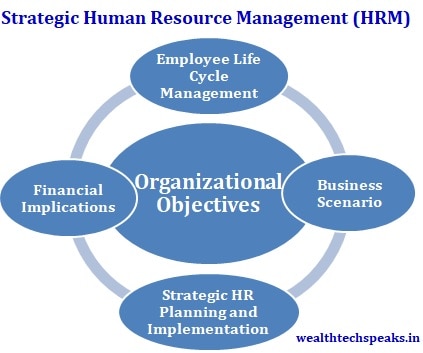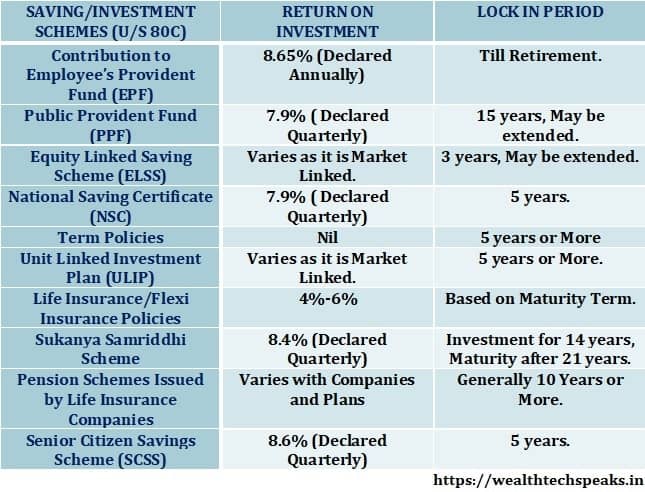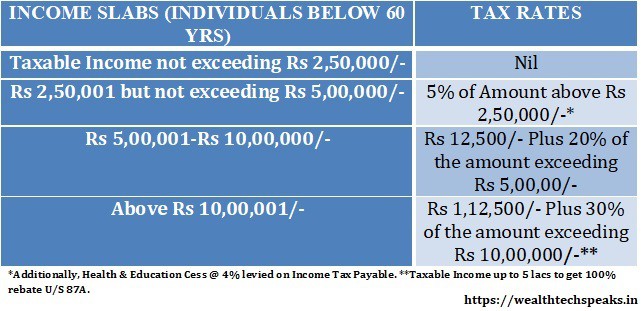
Mutual Fund Investment: Difference between Direct and Regular Plan
- Posted By Amritesh
- On January 31st, 2018
- Comments: 4 responses
Mutual Fund is diversified pool of funds collected from investors which is professionally managed by Fund Managers. The fund pooled by the Fund Managers is invested in purchasing securities. The fund is invested in multiple securities, Investors are expected to benefit from the diversification as the risk is mitigated and strengthens the prospect of better returns. Since the Fund is professionally managed by Portfolio Managers, the investors are saved from the hassle of managing the Fund. However, Investors may easily track the performance of fund periodically.
Mutual Funds: Reasons To Invest
Equity Linked Savings Scheme (ELSS) Mutual Fund is open ended diversified equity fund. Investment in ELSS mutual fund qualifies for Tax Exemption under section (u/s) 80C of the Income Tax Act. Thus investment in ELSS offers dual advantage of capital appreciation as well as tax saving at the same time. ELSS Funds come with 3 years lock-in period which again is the minimum tenure when compared with other tax saving investment plans.
ELSS: Investment Plus Tax Saving Scheme
There are two ways Individuals may invest in Mutual Funds- Direct and Regular Funds. The respective Fund and the Scheme portfolio remains the same for both the plans, however, the difference is in terms of the expense ratio. The expense ratio is higher for Regular Plan when compared to Direct Plan. This is due to intermediary charges such as the agent commission/distributor expenses/trail fees levied under the Regular Plan. The expenses are borne by the Asset Management Companies (AMC) which is included in the Net Asset Value (NAV) of the Fund.
In 2012, SEBI introduced several reforms including guidelines for direct investments, not through distributors. The “Direct Plans” were launched effective 1st January, 2013. Currently, Investors may invest in Direct Plans by visiting the respective AMC portal.
Regular Mutual Funds
Regular Mutual Funds is available to investors through intermediary (broker, advisor, distributor), who charges commission for facilitating the investment. The charge is recovered from the investment made in the respective plan. This increases the expense ratio for Regular Plan. The commission varies from 0.5% to 1.5% (approx) depending on the nature of the fund. It may look as nominal fee but in long term investment 1% difference turns into substantial figure.
Even despite the commission levied on the investment, majority of the retail investment is through the Regular Plan.
Direct Mutual Funds
Investment in Direct Plan may be done through the online portal of respective AMC or through MF Utility platform. The direct investment does not involve any distributor or broker. Thereby, the expense ratio for Direct Fund is lower than Regular Fund translating into higher returns on investment.
The return on investment is higher than Regular Plan as the expense ratio is relatively less.
Such plans are clearly denoted as “Direct” in the scheme description. The NAV of such plans is different from the Regular plans. However, Investor is required to complete the documentation process on their own, like submission of Application, relevant documents and KYC clearance.
Should You Invest in Regular or Direct Mutual Fund Plan?
Investment in Direct Plan is advisable as it has low expense ratio and offers better returns than the Regular Plans. However, The Investor will have to keep track of the investment and may have to manage multiple folios with different AMCs.
Direct Mutual Fund is ideal for investors who have fair knowledge about the financial market to identify good funds for investment. Otherwise, it is advisable to invest through advisor who will be able to guide you with the investment.
In case, the Investor is not willing to go through the task of investing in multiple AMC’s through their respective online portal and prefers ease of managing over better returns. The Investor may invest through a Demat account which makes it simpler to manage investment via single platform.
Leading Schemes yielded higher returns under the Direct Plan. For example, a lump sum Investment of Rs 1,00,000 in Regular Plan for 10 years will yield Rs 4,04,555.77 on maturity with an average CAGR (Compounded Annual Growth) of 15%. Whereas, similar investment for same tenure will yield Rs 4,41,143.51, assuming difference of 1% in the expense ratios of Regular and Direct Plans. Thereby, increase of Rs 36,587.74 on investment in Direct plan, over 10 year period. (Figures quoted are mere assumptions, for better understanding of the concept, actual figures may differ.)
Disclaimer: The information on this site is provided for discussion purposes only, and should not be misconstrued as investment advice. Under no circumstances does this information represent a recommendation to buy or sell securities. Readers are advised to research further to have more clarity on the topic. It is very important to do your own analysis and consult your Financial Advisor before making any investment based decision.








penis enlargement
buy viagra online
payday loan
buy viagra online